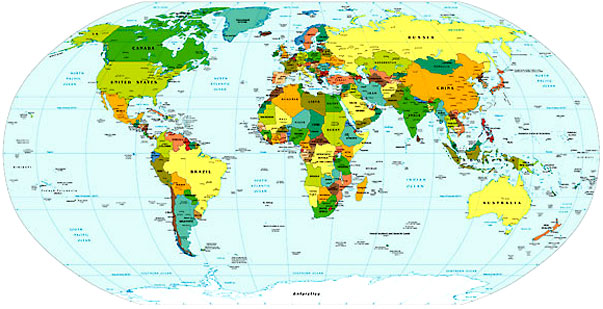 Though Syria has been inhabited since the fourth millennium BC, the modern state gained its independence from France on 17 April, 1946—10 years after independence was first declared. The country is bordered (for those a little hazy on the exact placement of Middle Eastern nations within the region) by Lebanon, Israel, Jordan, Iraq and Turkey.
Though Syria has been inhabited since the fourth millennium BC, the modern state gained its independence from France on 17 April, 1946—10 years after independence was first declared. The country is bordered (for those a little hazy on the exact placement of Middle Eastern nations within the region) by Lebanon, Israel, Jordan, Iraq and Turkey.A lot of different people have occupied areas of Syria during its history—the Canaanites, Phoenicians, Arameans, Hebrews, Egyptians, Sumerians, Assyrians, Babylonians, Hittites… when I get into the countries of the Middle East I find the history somewhat dizzying. Most people will know of Damascus in relation to the story of Saul’s conversion (into Paul) on the road to Damascus, and I expect most have heard of the city of Antioch, which was the capital of Syria during the Roman period. After the periods of Hebraic and Christian influence in the region, Syrian was conquered by Arabs in the 7th century.
 It was only in the 20th century that Syria existed under French mandate—in 1920 an independent Arab Kingdom under the Hashemite family was established, but this rule ended within a few months, following the Battle of Maysalun. Following this, the League of Nations put Syria under French control. In 1936 a treaty of independence was negotiated, but didn’t come into effect because the French refused to ratify it. Syria proclaimed its independence again in 1941, and in 1944 it was recognised as an independent nation—but the French remained until 17 April 1946 when British pressure forced the French to evacuate.
It was only in the 20th century that Syria existed under French mandate—in 1920 an independent Arab Kingdom under the Hashemite family was established, but this rule ended within a few months, following the Battle of Maysalun. Following this, the League of Nations put Syria under French control. In 1936 a treaty of independence was negotiated, but didn’t come into effect because the French refused to ratify it. Syria proclaimed its independence again in 1941, and in 1944 it was recognised as an independent nation—but the French remained until 17 April 1946 when British pressure forced the French to evacuate. Independence didn’t bring automatic stability to the country—in the decade after independence Syria had 20 different cabinets and drafted four constitutions. In 1948, Syria intervened on the side of the Palenstinians in the Arab-Israeli War. In 1956, during the Suez Crisis, martial law was declared in Syria.
Between 1970 and 2000, Syria was ruled by Hafez al-Assad—an authoritarian regime. Syria continued to be involved in many conflicts in the region. In 1990, Syria participated in the US led coalition against Saddam Hussein, which was significant to Syria’s relationship with both the Arab and the Western “worlds.” Following the death of al-Assad (after an amendment to the constitution reducing the minimum age for President from 40 to 34) al-Assad’s (presumably 34-year-old) son Bashar became President.
The Euphrates river crosses the country in the east, and most people live in the Euphrates River valley and along the coastal plain, rather than in the desert areas.
Today’s poem is another from the anthology A Crack in the Wall: New Arab Poetry.
Names
We seemed like willow trees
our shirts woven with tales.
Suddenly we found our way into
the black frames of the dead,
exchanged places with them
and with the coldness of the glass.
The tales died too
and our blue names turned yellow.
—Mohammad Afif al-Hussainy
translated from the Arabic by by Noel Abdulahad
from: A Crack in the Wall: New Arab Poetry


No comments:
Post a Comment